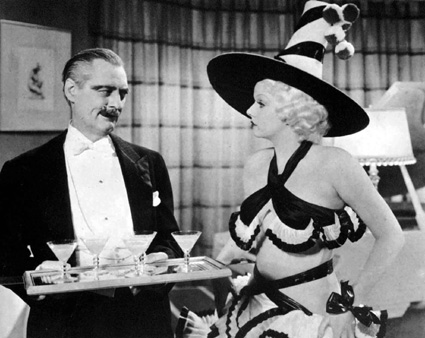On This Day in History, April 17: Eagle Gives Thumbs Up To Censorship

In the 1920s, the Brooklyn Daily Eagle, time after time, advocated a more rigid censorship of motion pictures. The newspaper exposed the “indecencies” of many of the films being shown in the movie houses. It was felt that the regulation in effect at that time was inadequate and disclosed that the National Board of Review that censored films was under control of the movie producers themselves.
The front page of the Brooklyn Daily Eagle of April 17, 1921, carried news that a movie censorship bill had been passed the day before by the New York Assembly in Albany. Governor Miller was all for it, and so was the Assembly, 102 to 38.
As early as 1909 New York had its own “Board of Motion Picture Censorship,” which viewed all films prior to the making of the final release.